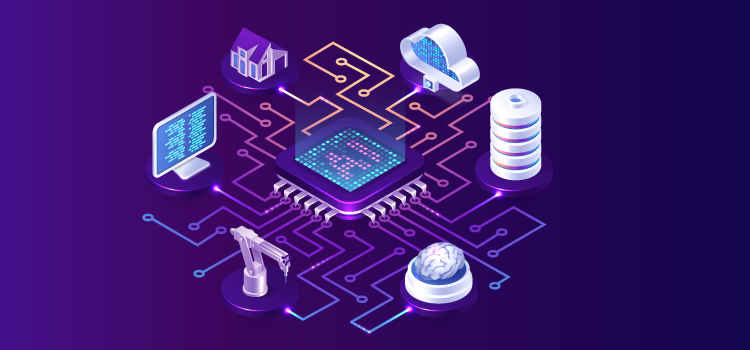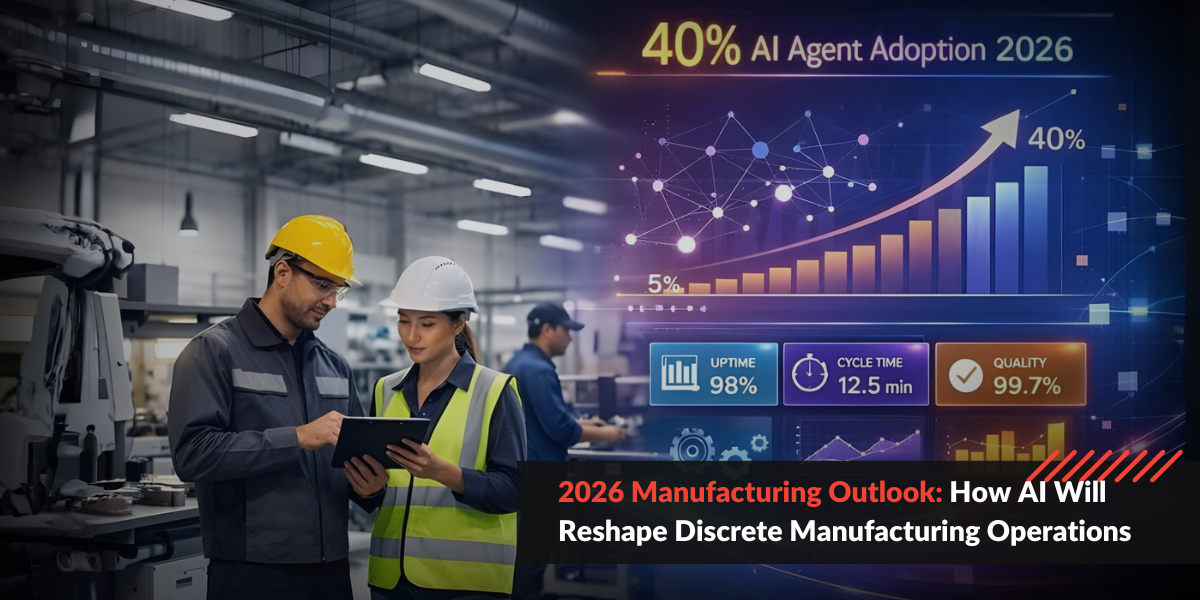Robotic Process automation (RPA) is a technological advancement that has recently gained significant traction due to its wide-ranging potential in various business processes. Many enterprises have resorted to delegating repetitive, rule-based processes to Robotic Process Automation (RPA). In fact, the RPA market is expected to grow at a projected CAGR of 33.6% over the next seven years.
RPA has numerous benefits – it accelerates turnaround time, reduces costs, boosts accuracy with near-zero errors, and enables higher throughput. While RPA can mimic human actions to automate repetitive tasks based on certain rules, Artificial Intelligence (AI) can process unstructured content that is typical in a plethora of business processes. Implementing both RPA and Artificial Intelligence (AI) together is known as Intelligent Process Automation (IPA) and it raises exciting possibilities for end-to-end process automation. By 2023, 40% of I&O teams will employ AI-powered automation, including IPA (RPA+AI), in large enterprises. This will lead to much higher IT productivity with increased agility and scalability.
Depending on the workflow or process you are considering automating, you may require RPA or IPA. In either case, both provide significant improvements over purely manual processes.
If you’re thinking of equipping your business with RPA and AI capabilities, we’ve made a list of nine use cases in common business processes and activities that can be automated by RPA and in some cases, IPA.




